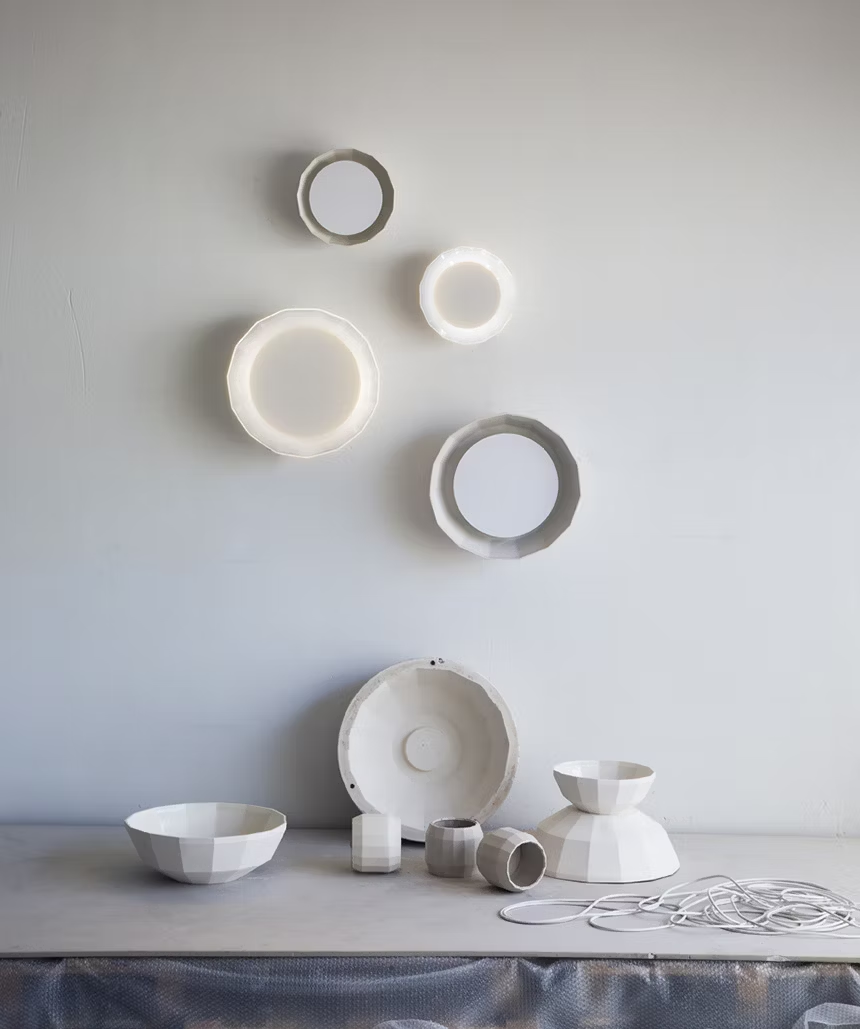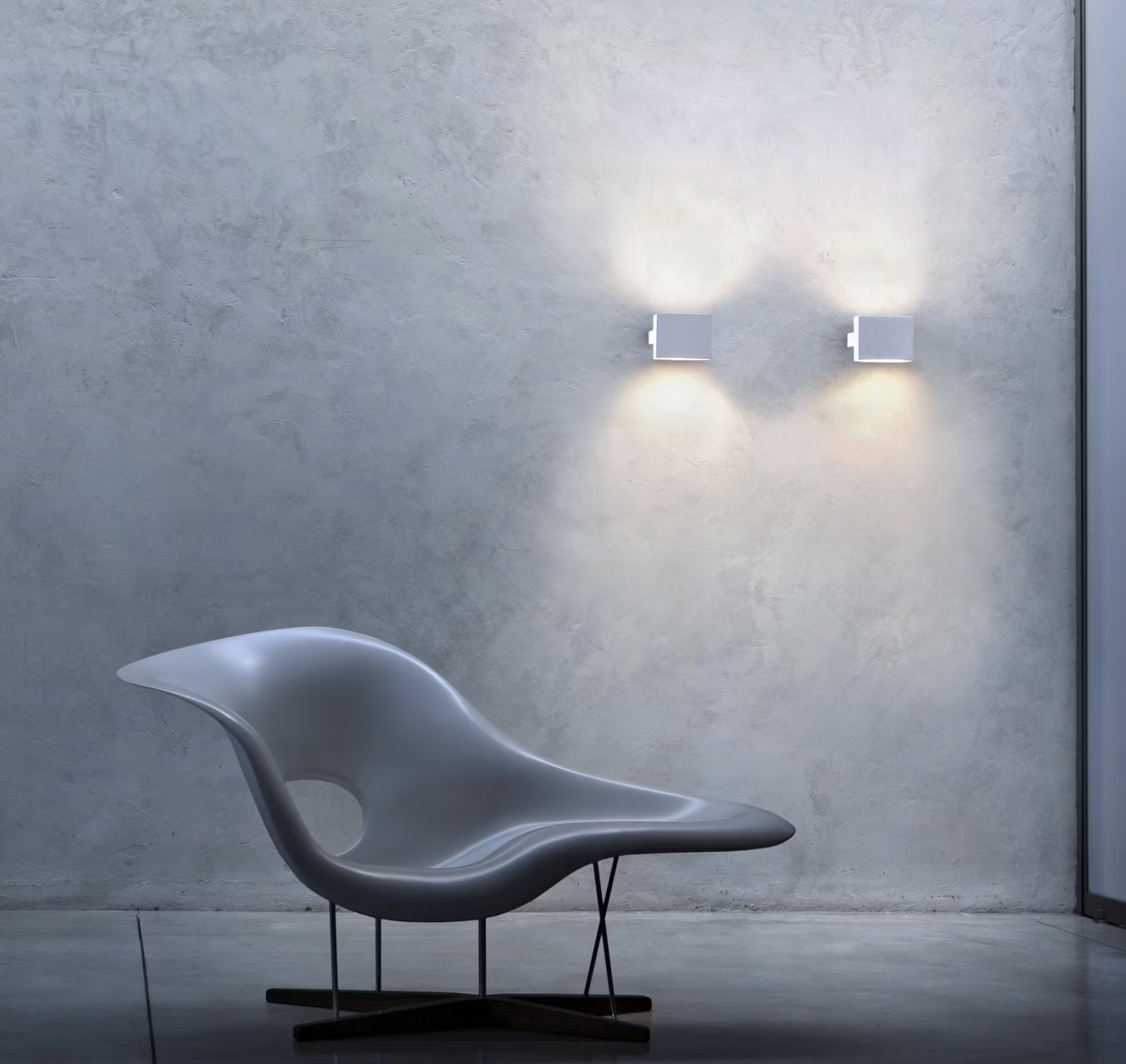This article is part of a series designed to help architects use Source, Architizer’s premier marketplace for building products. For more information on the platform, click here.
If you’re an architect, contractor or do-it-yourselfer, you probably already know how difficult and time-consuming it can be to research and select the building products that are right for your next project. Luckily, Architizer is here to help: Using our product catalog and Source, the new marketplace for building products, we’ve written a collection of “spec guides” on everything from marble to surface-mounted lighting. These will help you understand what factors to consider before making your next specification or purchase and help you to make the perfect product search on Source. Think of them as the ultimate specifier cheat sheet.
As any good architect knows, the key to a great interior space is great illumination, be it natural or man-made — which makes today’s guide to specifying surface-mounted lighting all the more significant.
Surface-Mounted Lighting
Categorization
Architizer: Lighting > Ceiling-Mounted Lighting > Surface-Mounted Lighting
MasterFormat: 16500
Introduction + Tips
The technical side of choosing surface-mounted lighting can be overwhelming given the many aesthetic and performance options available. However, with the right information, manufacturers will be able to point to the product you need to light up any space. When specifying throughSource, the key is to provide as much information as you can. This will help the platform match you with ideal product manufacturers that offer exactly what you need.
Questions to consider include: What shape suits the space that you are illuminating? Should the product provide direct, concentrated light or a diffuse, ambient glow? How many and what style of bulb would you like? Do you want daylight or occupancy sensors, or any other type of feature? Be sure to use normal words to describe what you are after, and provide pictures to demonstrate the type of aesthetic you are interested in. The manufacturer will do the rest!

NUR Ceiling Light by Artemide
Application
- Location: What type of environment will the light be in? Indoors or outdoors? In a dry, damp or wet setting?
- Ceiling Surface: For some fixtures, the type of surface will determine how it is mounted. For others, clips or mounting brackets can be used. Describe your project’s ceiling. It might be:
- Drywall
- Grid T-bar
- Solid – e.g., plaster, metal, etc.
- Quantity: How many fixtures do you need?
Dimensions
- Shape: Surface-mounted fixtures can come in many shapes, including rectangular prisms, cylinders and bells. For some ideas, consult this Philips catalog.
- Size: State the measurements that best describe the size of your fixture. This will depend on the shape of the product: For a rectangular prism, this would include the height, width and length; a circular shape would include the diameter.
Aesthetic
- Material and Finish: Fixtures come in many materials and finishes. Common materials include aluminum and steel, while common finishes include paint, powder-coating or metal-plating. If you have a specific aesthetic in mind, use normal words or provide photos to aid the supplier.
- Number of Light Bulbs: Surface-mounted light fixtures can have numerous light bulbs, though typically they have one to three.
- Light Distribution: Some surface-mounted fixtures come with a variety of optical options that allow you to control how light is distributed.
- Beam Angle – Narrow beam angles provide more direct lighting, while broader beam angles allow for a greater spread of light.
- Reflectors/Louvers – Uplight or downlight reflectors cast light upward or downward, respectively, while louvers and baffles soften light to produce more ambient lighting.
- Lampshade: Describe the dimensions, material, style, color and design of your lampshade.
- Material – including glass, metal, plastic, paper, wood, textile, etc.
- Shape – try to include the height, width and depth of the bottom and top of the lampshade.

Scotch Club by Marset
Performance
- Voltage: Standard surface-mounted lamps often come in 120 to 347 voltages. The lower the voltage, the brighter the light will be.
- Bulb type: There are many different types of bulbs, often differentiated by the efficiency of the light bulb as well as the type of light emitted. For example, compact fluorescents (CFLs) and LEDs are the most efficient. All bulbs can be found in various shapes and sizes according to your need.
- Fluorescent and compact fluorescent
- Halogen
- Incandescent
- LED
- Ballast: The type of ballast technology affects the durability of the fixture, i.e., the number of starts it can provide.
- Rapid Start – Provides power to warm up a lamp while providing a lower voltage to turn on the lamp. The light will sputter before turning on but will last 20,000 to 30,000 starts.
- Dimming/Bi-Level Dimming – Allows for different percentages of light levels by increasing the voltage as the lamp power decreases. This increases the efficiency of the device.
- Instant Start – Does not provide power to warm up a lamp and only supplies a high voltage to turn on the lamp. Though the light will not flicker when being turned on, this type of ballast will only last 3,000 to 10,000 starts.
- Programmed Rapid Start – Provides power to warm up a lamp and then supplies a high voltage to turn on the lamp. This is the most efficient ballast, lasting up to 250,000 starts.
- Integrated Control: Ceiling fixtures can be configured with sensors that help optimize the lighting of the space by reducing energy consumption.
- Daylight Sensor – With daylight sensors, maximum lamp output is reduced according to the available amount of natural light. By reducing maximum lamp output, energy consumption is reduced by up to 20 percent in a process known as “Daylight Harvesting.”
- Occupancy Sensor – When a room is vacated, occupancy sensors ensure light will be turned off after a programmed delay.
- Individual or Combined? – The above sensors are available as individual sensors, which allow the designer greater control to determine the appropriate sensor placement, or combined in one device.

Tight Light by Flos
- Environmental
- Light bulbs can be energy-efficient, as indicated by ENERGY STAR certification (available nationally) and Title 24 compliance (in California).
- LEED credits are available for surface-mounted fixtures that incorporate Integrated Control options (listed earlier).
- IP rating: The IP rating is a double-digit number that indicates the protection factor of any lighting fixture. The first digit indicates the protection from solid objects and dust, while the second digit indicates the protection from moisture.
Visit Architizer’s Product Catalog to check out the latest in surface-mounted lighting.
Does your company make or design lighting? Click here to learn more about listing your product on Architizer.
Interested in using Source? Sign up here.
External Links
Axis Lighting: Integrated Control Guide
GE Lighting: Ballasts









